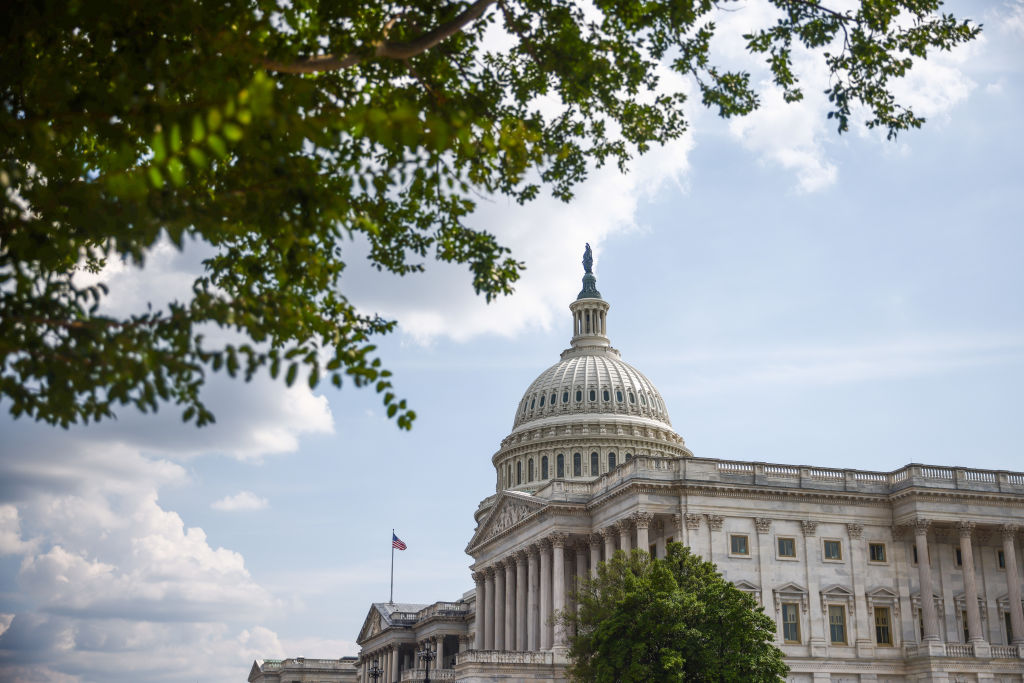Later today, the Senate is going to pass legislation to introduce first-of-their-kind regulations for stablecoins — a digital asset that’s used to conduct other crypto transactions.
This is a big deal! It will be the first time in U.S. history the Senate has passed crypto legislation of any kind.
But it’s not every day that Congress gives its blessing to a relatively small and untested financial market. So we’ve spent the last couple of weeks asking smarter folks than us: Just how historic is the GENIUS Act?
Here’s what we heard.
Clinton era rehash: More than one academic told us that the GENIUS Act’s closest analog is the Commodity Futures Modernization Act of 2000.
Signed into law by former President Bill Clinton, the CFMA rolled back regulations in key parts of the derivatives market and helped the product become mainstream in the years leading up to the 2008 financial crisis.
The Brookings Institution’s Aaron Klein was one expert who compared the GENIUS Act to the CFMA.
“Let’s hope for society’s benefit, crypto isn’t used in the same way under-regulated derivatives were to allow the small subprime mortgage market to destroy the global financial system,” Klein said.
Riegle-Neal redux: Others pointed to a 1994 law that reshaped the national banking landscape. The Riegle-Neal Interstate Banking and Branching Efficiency Act allowed banks to branch across state lines.
We heard this comparison from folks aligned with the crypto sector. That includes Austin Campbell, an adjunct professor at Columbia Business School.
“Stablecoins are already legal and operating at the state level,” Campbell said. “Unifying and modernizing operations to allow things to scale and promote the dollar globally is the stablecoin version of Riegle-Neal.”
Thrift, baby, thrift: Some academics pointed to a series of legislative changes that expanded the types of financial activities that savings and loan associations could partake in.
Again, a financial crisis looms behind this comparison. The Savings and Loan Crisis stretched from the 1980s to the 1990s and followed an easing of restrictions originally instituted by the Federal Home Loan Bank Act of 1932.
Todd Phillips, a former attorney at the Federal Deposit Insurance Corp. who now teaches at Georgia State University, said stablecoins resemble the thrifts that crept into the business of banking.
“We finally have a setup where all depository financial institutions are kind of regulated the same. Thrifts are regulated like banks, are regulated just like credit unions,” Phillips said. “Congress is now saying, ‘Alright, we are introducing a new type of depository institution that is going to do things differently than the others.’”





